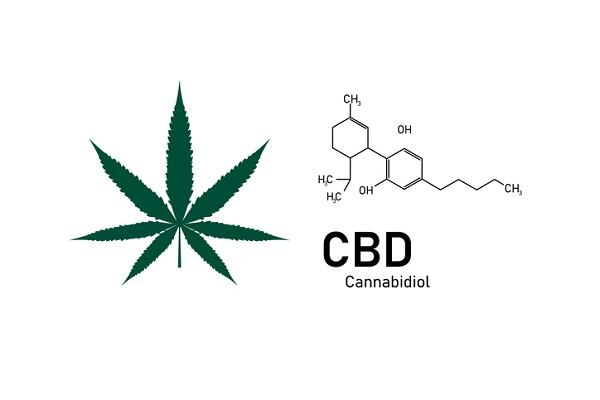While a number of the larger ingredient players are starting to supply CBD oil and other hemp related products, the recent New York SCC Suppliers Day proved to be a surprise platform for a new generation of CBD derivatives, carefully developed to tick all the regulators boxes.
Some of the CBD-related ingredient solutions at the show were outlined in a recently published Cosmetics Design article by Deanna Utroske, which also highlights CBD testing technology.
But the most interesting development was the launch of a series of ‘cannabis ingredients without the cannabis’ from major players that included Ashland, Colonial Chemical and CLR Berlin.
The ingredients launches all manage to tap into the incredible antioxidant and medicinal properties of cannabis related ingredients, while at the same time avoiding the gray areas relating to the regulations surrounding CBD oil and other purer hemp ingredients.
Croda’s Hemp ingredient
Croda was platforming its Crodarom Hemp NP ingredient, which it was promoting on the back of its soothing and anti-inflammatory properties, while also being very low in cannabinoid levels, making it more regulation friendly.
Derived from the Cannabis Sativa Seed, the Croda development team says it is an innovative way to introduce cannabis sativa to the INCI deck, while also incorporating some of the benefits associated with the cannabis plant species.
The ingredient is water soluble and is extract from organically cultivated hemp to provide skin care active properties with ultra low cannabinoid levels, at <10ppm.
Going one step beyond Croda’s solution, Colonial Chemical has launched a surfactant that is derived from hemp-seed oil, giving it a firm footing in the cannabis beauty category, but also being positioned to make regulation easier.
The cannabis alternative approach
Both Ashland and CLR Berlin chose to make a more radical approach by launching ingredients that activate the cannabinoid receptor 2, which is known to promote skin health, while not being derived from any cannabis or hemp plant.
CLR Berlin’ ingredient is called Annonasense CLR and is made from a fruit known as Custard Apple, grown in the Andean mountains.
Ashland’s solution is called CB2-skin and is derived from the Patchouli plant. It activates the cannabinoid receptor 2 and combines other active properties to provide calming, soothing and healthy aging claims.
Regulation remains uncertain
The moves by these leading ingredients providers reflect continued uncertainty with respect to the regulation of the hemp industry, and in particular, the production of CBD oil.
In the US, the passage of the Farmers Bill in December 2018 essentially legalized hemp production, with some restrictions, mainly that the Cannabinoid levels are less the 0.3%.
However, the bill still leaves plenty of uncertainty with respect to the production of CBD oil as it still generally remains a Schedule 1 substance, which is to say it is considered to have intoxicating properties under Federal law.
As the CBD industry continues to battle with this ruling on a Federal level, regulators are closely watching developments in the US and are expected to follow suit with any changes that take place in the future.


